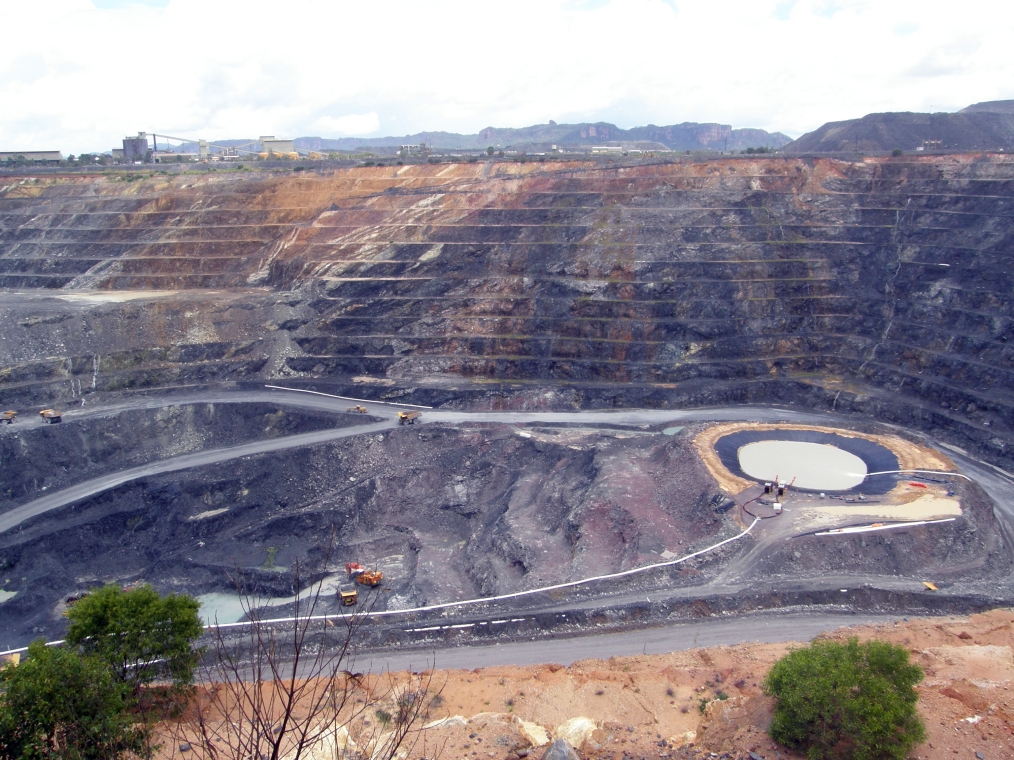Uranium is the main fuel for nuclear power plants. It is found in many types of geological formations in combination with many minerals all over the world. In spite of its ubiquity, some forms and deposits are easier to mine than others. There are about four hundred nuclear power reactors in use in the world today. Japan shut down about fifty following the Fukushima disaster in March of 2011. On the other hand, China, India and Russia are investing heavily in building new reactors. There was a softening of demand after the Fukushima disaster for uranium fuel but now demand is picking up again. The current contract price of uranium is around forty seven dollars a pound.
The nuclear power industry has enjoyed years of low uranium prices. The U.S. has about a quarter of the power reactors in the world. U.S. power plants have enjoyed fifteen years of reactor fuel prices below the cost of uranium on the open market because they had a deal with the Russian to purchase reactor fuel made from decommissioned Russian nuclear warheads left over from the Cold War. This cozy arrangement has just ended. Prices for uranium have started to rise in the past year.
Australia has the largest reserves of uranium in the world at around thirty percent. This may increase as more mines come online and exploration continues. Recently, changes in state and government laws opened up much of the nation to uranium exploration. Canada has the next largest reserves at about twelve percent. Kazakhstan comes next at around ten percent. Kazakhstan, Canada and Australia produce about two thirds of the world's uranium. Kazakhstan's production has quadrupled in the past ten years and it now produces forty one percent of the world supply. Canada's production has been flat for ten years and now accounts for about sixteen percent of world production. Australia's production has dropped by about forty percent in the last ten years and is now about nine percent of world production.
Although Australia has the largest reserves by far, Australian production has declined because the cost of extraction makes the current price of forty seven dollars a pound too low for some of the producers. If the contract price of uranium rises to fifty dollars a pound, more Australian producers will be able to turn a profit. They would really like to see the price rise to sixty five dollars a pound which would bring more mines and producers online. With the sharp increase in construction of nuclear power reactors around the world and the planning for many more, the price of uranium should rise significantly in the next few years. If the desired price increase occur, then Australia with its massive reserves could become the major supplier of uranium to the world within a decade.
With many new reactors coming online and competition for uranium fuel supply rising, it is inevitable that the price of uranium will rise in the next few years. With competition from ever cheaper sustainable energy sources and cheap abundant oil and natural gas, higher uranium prices will make nuclear power less attractive. Time will tell if all the planned reactors get built and Australia becomes the dominating nuclear fuel source that it aspires to be.
Australian Ranger 3 open pit uranium mine:
